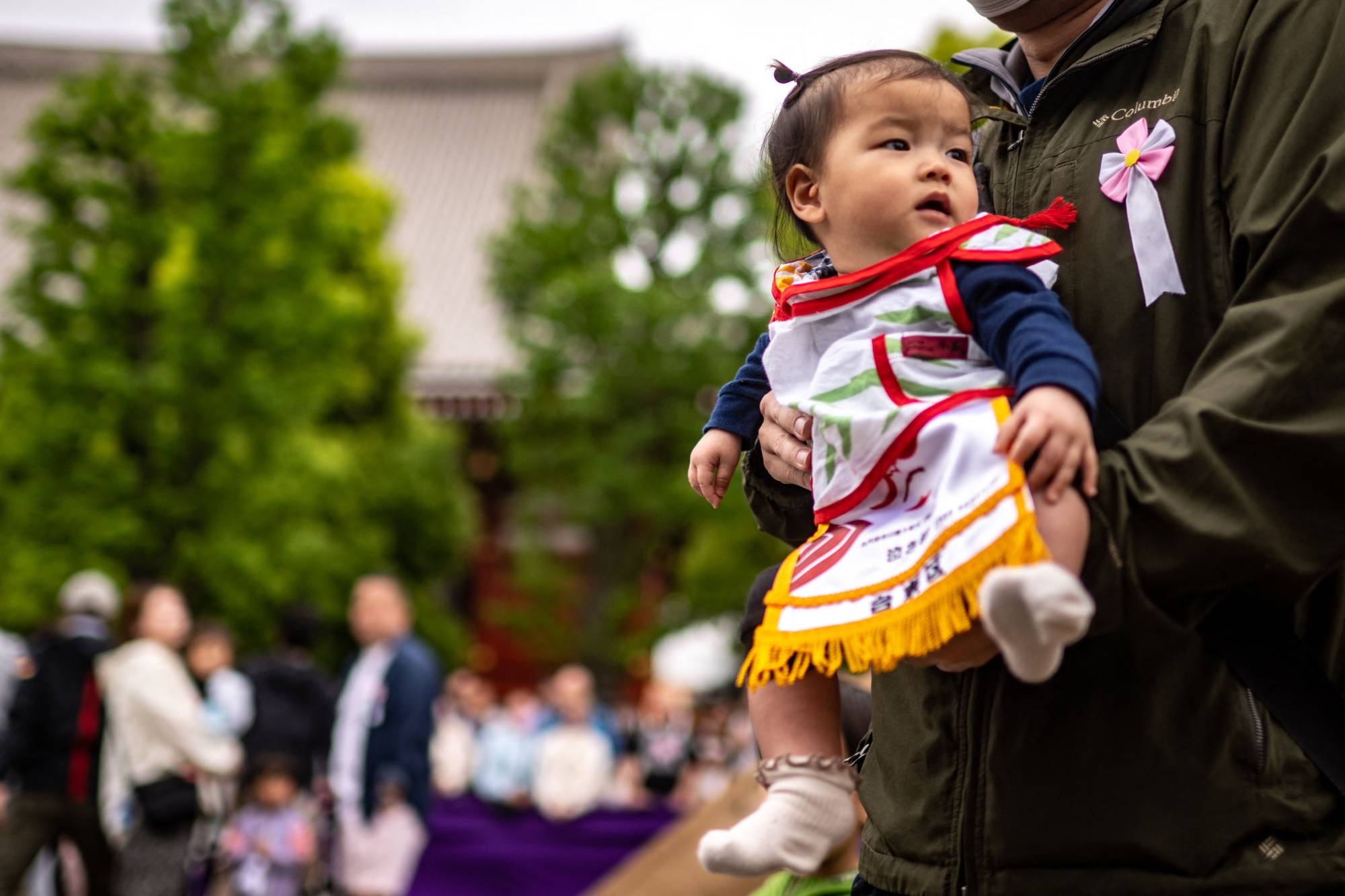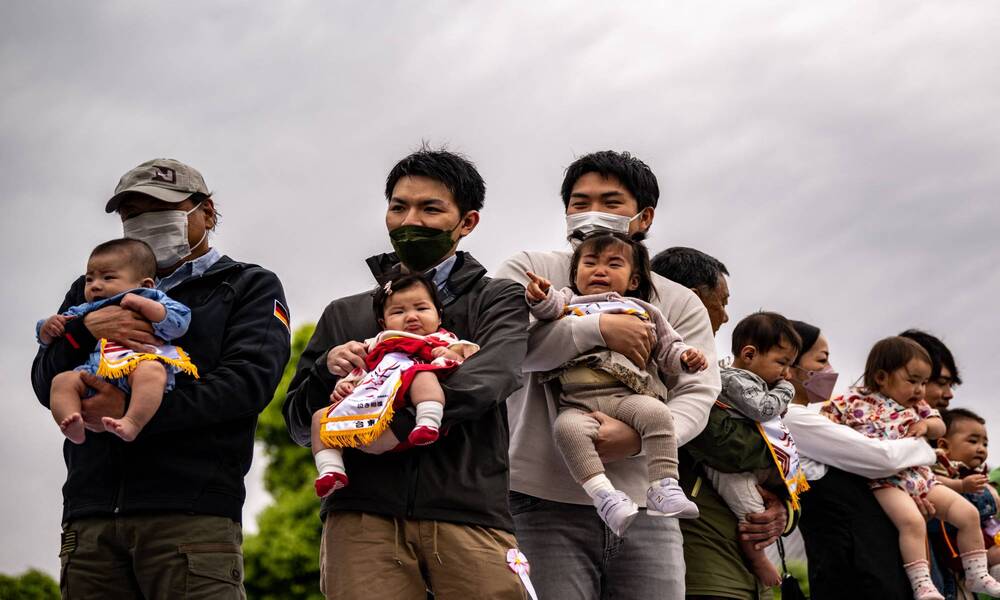News Asia
Japan’s Population Expected To Fall To 87 Million By 2070, Shrinking 30% From 2020

(CTN News) – According to the most recent predictions made public on Wednesday by the National Institute of Population and Social Security Research, Japan’s population would decline to 87 million in 2070, or around 70% of the 126 million people who currently call it home.
Of this number, non-Japanese people will make up 10.8%.
The percentage of adults 65 and older is predicted to increase from 28.6% in 2020 to 38.7% in 50 years, according to the institute linked with the health ministry.
Japan’s population has been in decline since 2009
All Japanese citizens and foreigners who have resided in Japan for longer than three months are included in the population estimates.
After reaching a peak of 128 million the year before, Japan’s population has been declining since 2009, and the downward trend is anticipated to continue.
However, it was discovered that the rate of depopulation in the most recent report was a little slower than the prior prediction made in 2017.
This resulted from both the greater average life expectancy in the updated data and the increased immigration to the nation.

Children held by their parents stand before their “Baby-cry Sumo” match, resumed for the first time in four years due to the Covid-19 coronavirus pandemic, at the Sensoji temple in Tokyo on April 22, 2023. (Photo by Philip FONG / AFP)
The year, when the population is projected to fall below 100 million, has been moved back from 2053 to 2056 as a result.
The ratio of non-Japanese residents will rise over five decades to 10.8% in 2070
While the number of individuals aged 15 to 64, or the working population, is predicted to fall below 70 million in 2032 rather than 2029, as stated in the prior projection.
Over a period of five decades, the percentage of non-Japanese residents will increase to 10.8% in 2070 from 2.2% in 2020, the most recent year for which statistics are available.
Every five years, the institution makes long-term demographic estimates based on the most recent census and other data.
In order to compile surveys on marriages and births, COVID-19 caused delays that caused the most recent announcement to be released a year later than usual.
The projection accounts for the effects of COVID-19, which between 2020 and 2022 reduced the number of marriages and births.
But does not account for the effects of upcoming socioeconomic conditions or governmental policies because they are difficult to forecast and quantify, according to the institute’s researchers.





























